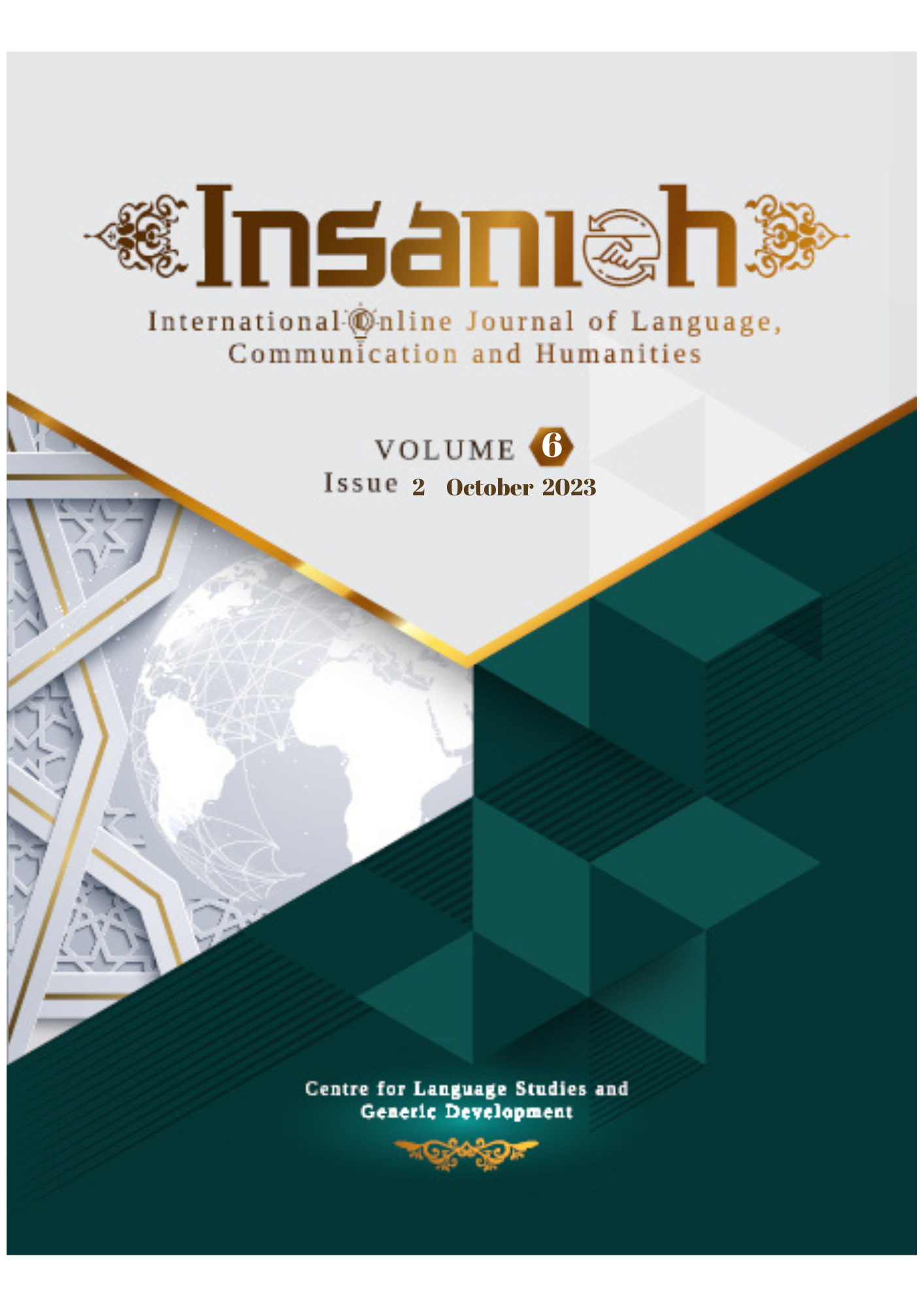Youth Attention to Problematic Gaming With Effective Fear Levels
DOI:
https://doi.org/10.47254/20ykv037Abstract
The persuasive power of fear is a commonly employed marketing strategy, especially in public service announcements (PSAs). The persuasive power of fear is often utilized to capture audience attention. However, the appropriateness of fear levels without eliciting negative reactions remains uncertain due to a lack of specific research. This is due to conflicting views among communication, marketing, psychology, and neuroscience scholars regarding fear levels that enhance attention but have fewer side effects. This study aims to determine effective fear levels for capturing youth attention in the context of problematic gaming (PG). Focus group discussions (FGDs) were conducted in two sessions with 9 active youth gamers who have been playing video games for more than 2 hours daily for the past two years, utilizing the severity variable of the Extended Parallel Process Model (EPPM) threat. FGD data were analyzed using Atlas.Ti version 8.0 software to identify patterns and themes related to the elicited fear levels and their effects on players. The study findings indicate that moderate fear levels are effective in capturing the attention of young video game players and can reduce the risk of rejection or boomerang effects, whereas excessive fear threats are at risk of such effects. This study suggests the use of appropriate fear levels in PSAs targeting youth attention. Indirectly, the study offers valuable insights to help reconcile conflicting views among scholars. Determining the appropriateness of fear levels enables more effective and low-risk design of future PSAs.




